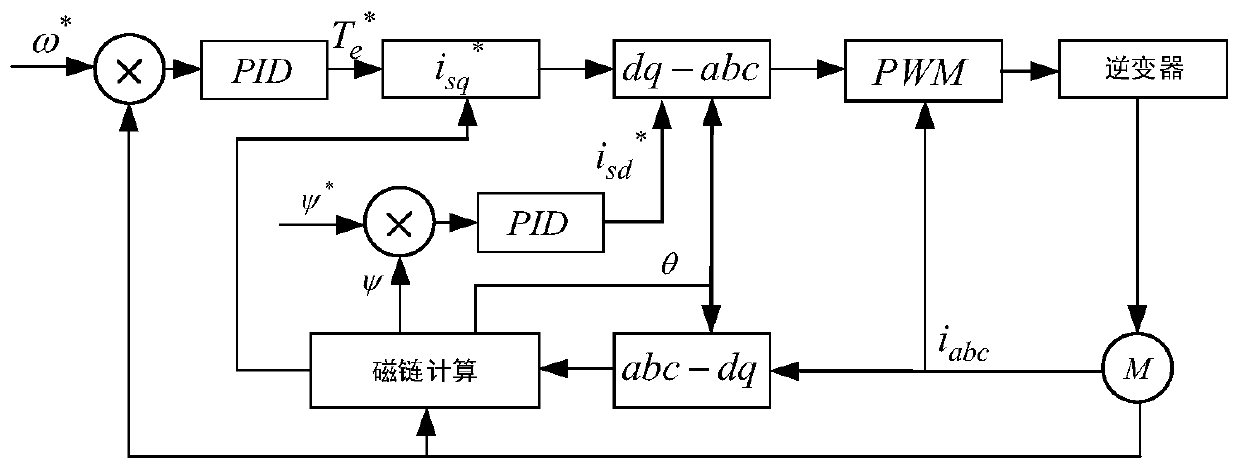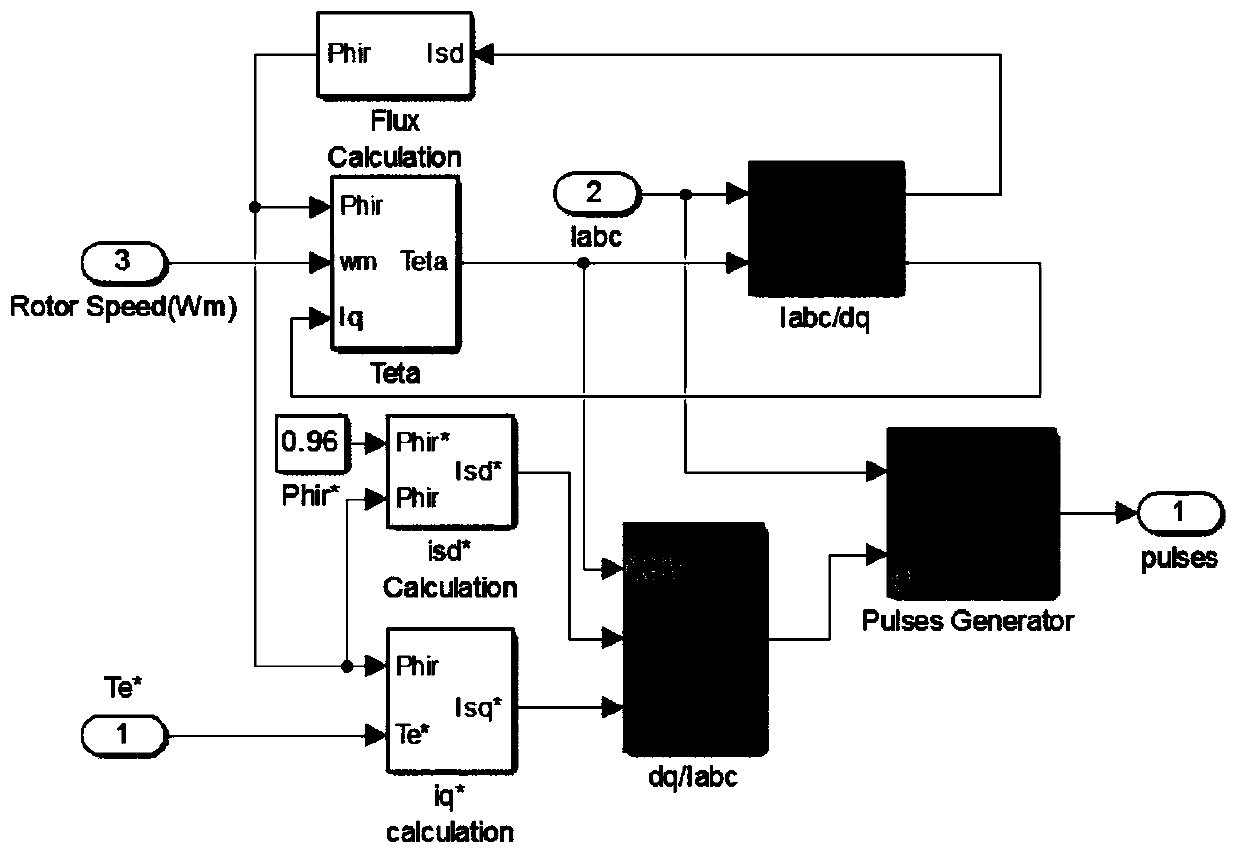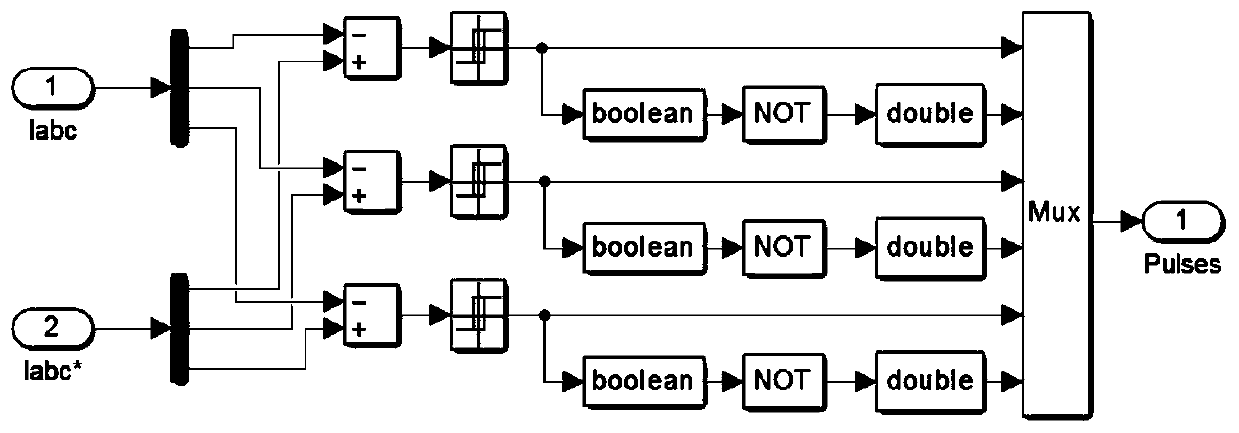PID self-tuning method based on deep learning and LOGFA
A deep learning and self-tuning technology, applied in the field of PID self-tuning based on deep learning and LOGFA, can solve problems such as complex system identification process, many control parameters, and unsatisfactory results
- Summary
- Abstract
- Description
- Claims
- Application Information
AI Technical Summary
Problems solved by technology
Method used
Image
Examples
Embodiment Construction
[0041] The present invention will be described in detail below in conjunction with accompanying drawings and utilizing various technologies.
[0042] Step 1: Build the mathematical model of the asynchronous motor speed control system.
[0043] In the asynchronous motor speed control system, it is very difficult to analyze its mathematical model, because the real system is dynamically transformed and is a high-order multivariable nonlinear system. Therefore, in order to reduce the difficulty of our analysis, the following processing is generally done: regardless of the core loss of the motor and the influence of magnetic saturation, regardless of the interference of external conditions (such as temperature) on the motor parameters, assuming a three-phase The stator windings of the motor are symmetrical to each other, and its magnetomotive force and flux conform to a sinusoidal distribution.
[0044] After processing, the asynchronous motor model is transformed into a DC motor ...
PUM
 Login to View More
Login to View More Abstract
Description
Claims
Application Information
 Login to View More
Login to View More - R&D
- Intellectual Property
- Life Sciences
- Materials
- Tech Scout
- Unparalleled Data Quality
- Higher Quality Content
- 60% Fewer Hallucinations
Browse by: Latest US Patents, China's latest patents, Technical Efficacy Thesaurus, Application Domain, Technology Topic, Popular Technical Reports.
© 2025 PatSnap. All rights reserved.Legal|Privacy policy|Modern Slavery Act Transparency Statement|Sitemap|About US| Contact US: help@patsnap.com



